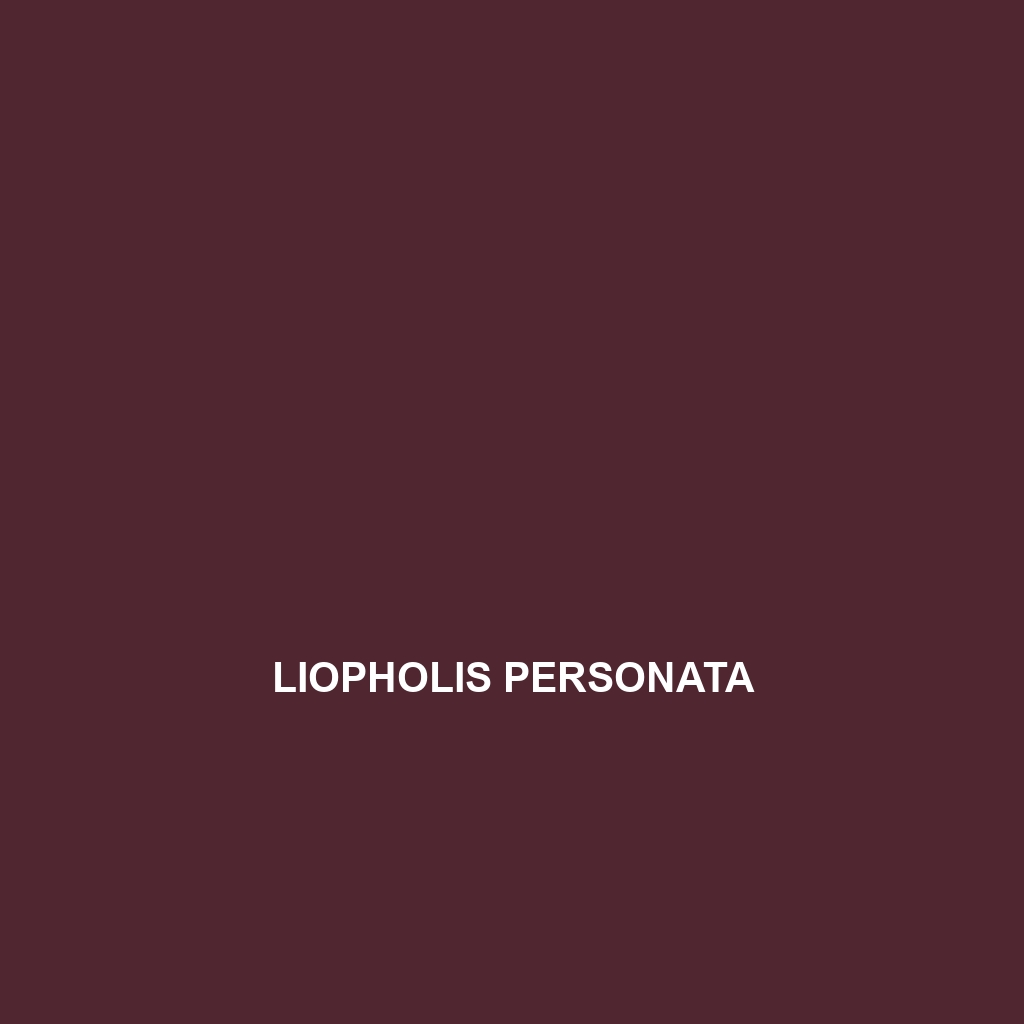<b>Pseudemoia entrecasteauxii</b>, commonly known as the Southern Skink, is a diurnal insectivore native to southeastern Australia, thriving in moist temperate forests. With a streamlined body reaching 10-20 cm, it features glossy scales for camouflage and plays a crucial role in maintaining insect populations within its ecosystem.
Tag: skink species information
Pseudemoia entrecasteauxii
<b>Pseudemoia entrecasteauxii</b>, commonly known as the Southern Skink, is a diurnal insectivore native to southeastern Australia, thriving in moist temperate forests. With a streamlined body reaching 10-20 cm, it features glossy scales for camouflage and plays a crucial role in maintaining insect populations within its ecosystem.
Liopholis personata
<p>Discover the <b>Liopholis personata</b>, or Masked Skink, a fascinating Australian species known for its sleek, elongated body, distinctive mask-like pattern, and insectivorous diet. Thriving in temperate forests and savannas, this agile skink plays a vital role in its ecosystem by controlling insect populations while serving as prey for larger predators.</p>
Ctenotus xenopleura
The Ctenotus xenopleura, or Eastern Ctenotus, is a diurnal skink native to the dry regions of Eastern Australia, characterized by its agile movements, distinctive brown and grey coloration, and a diet primarily consisting of insects. Typically measuring 12 to 20 centimeters, this species plays a vital role in its ecosystem by controlling insect populations and serving as prey for larger predators.</p>



